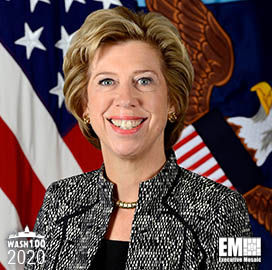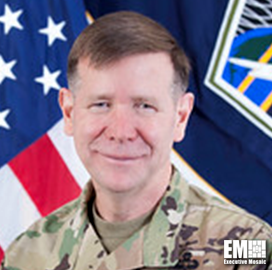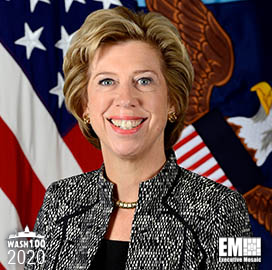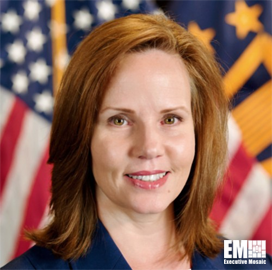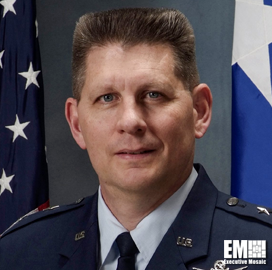Ellen Lord, undersecretary of defense for acquisition and sustainment and a 2020 Wash100 Award winner, said the COVID-19 Joint Acquisition Task Force’s capabilities will continue post-pandemic and the Department of Defense will integrate JATF’s operations into the Joint Rapid Acquisition Cell to prepare DoD to assist other federal agencies with their procurement needs in the event of another health crisis, DoD News reported Friday.
"What we are doing is we are taking all of our learnings from what we have done with the JATF and we are reducing that to a playbook that can respond to any type of federal emergency where acquisition and sustainment support is needed," Lord said Thursday during a press briefing. "It could support another pandemic, but it could respond to other types of federal disasters as well."
Lord said JATF personnel will return to their other responsibilities later this fall but the department will “maintain the capability to rapidly reconstitute [it], if needed.”
She added that the Pentagon has partnered with the Department of Health and Human Services to invest about $630M to broaden the domestic industrial base for N-95 masks, testing kits, gloves, syringes and other medical supplies.
Join Potomac Officers Club for its 5G Summit on Oct. 27, 2020 to learn about the impact that innovative technologies and 5G integration have on the private and public sectors, the steps the federal agencies have taken to remain up to speed with the rapid advancement of technology, and the future programs, plans and priorities as the nation aligns with emerging technology.
Don’t miss out on this must see event! Click here to register for the 5G Summit on October 27th.


